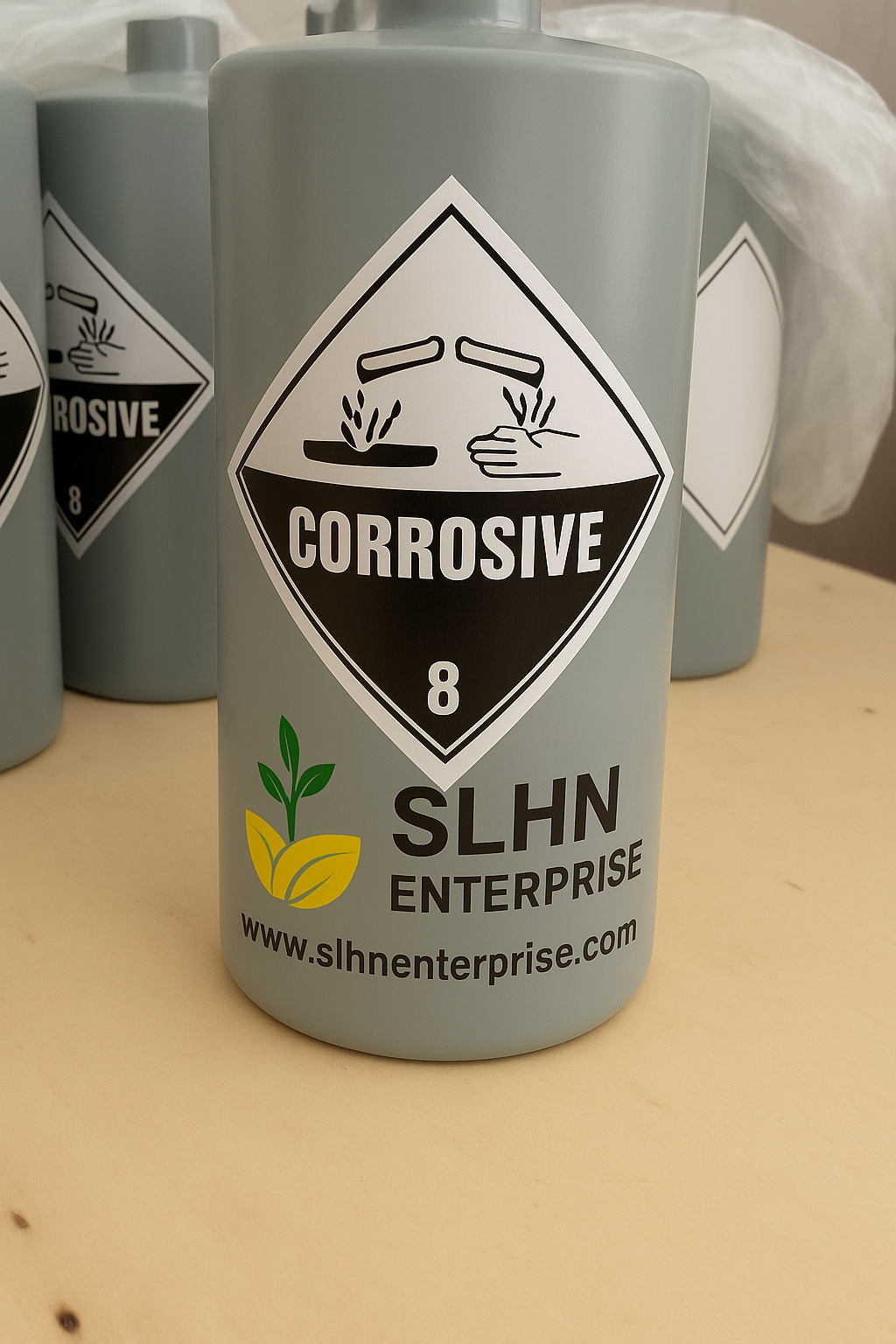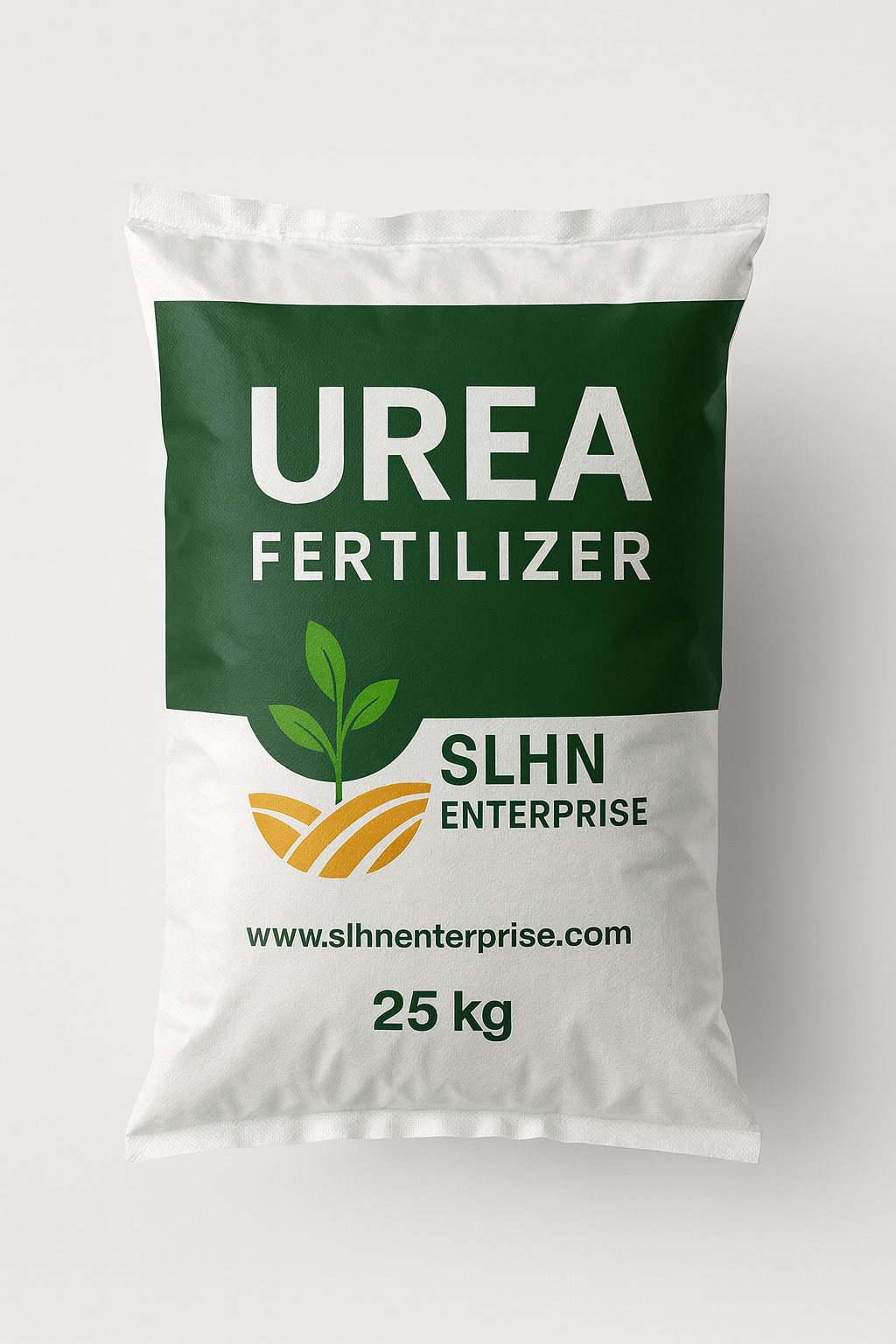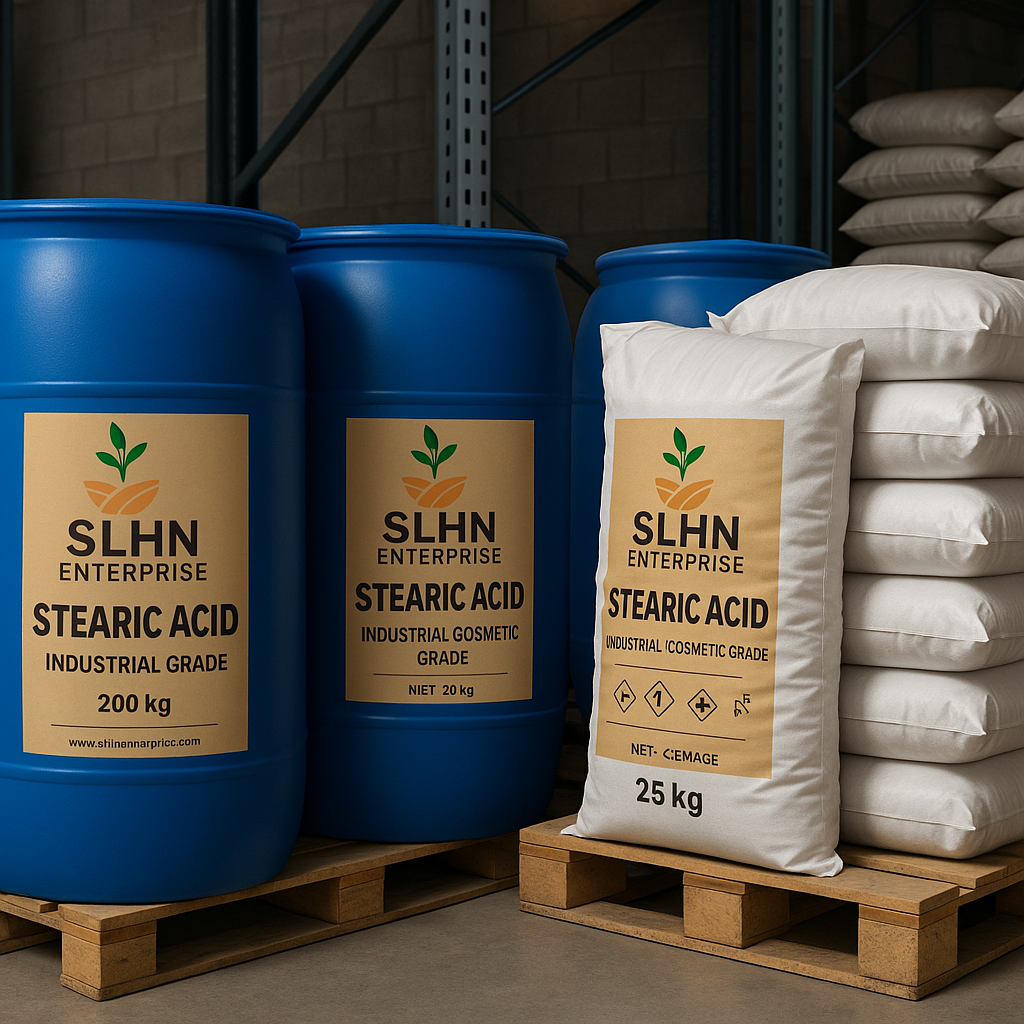Description
Silver Mercury, also known as elemental mercury or quicksilver, is a naturally occurring metallic element with the chemical symbol Hg and atomic number 80. Unlike most metals, mercury is liquid at room temperature and has historically been used in scientific instruments, mining, dentistry, and industry. However, due to its toxicity and environmental risks, mercury use is now heavily restricted worldwide under international agreements.
🔬 Properties of Silver Mercury
-
Symbol: Hg
-
Atomic Number: 80
-
Atomic Mass: 200.59 u
-
State at Room Temperature: Liquid metal
-
Appearance: Silvery-white, reflective liquid
-
Density: 13.534 g/cm³ (20 °C)
-
Melting Point: −38.83 °C
-
Boiling Point: 356.7 °C
-
Conductivity: Good electrical conductor, low thermal conductivity compared to other metals
Mercury’s liquid nature and high density make it unique among metals, which is why it was historically prized in measurement and scientific applications.
⚙️ Historical & Industrial Uses of Silver Mercury
In the past, silver mercury was widely used in:
-
Scientific instruments – thermometers, barometers, and manometers
-
Mining & metallurgy – gold and silver extraction through amalgamation
-
Dental amalgams – combined with silver, tin, and copper for fillings
-
Electrical switches & relays – due to high conductivity and liquid state
-
Chemical industry – in the chlor-alkali process to produce chlorine and caustic soda
⚠️ Today, most of these applications have been phased out or replaced with safer alternatives.
⚠️ Health & Environmental Concerns
-
Toxicity: Mercury exposure affects the nervous system, kidneys, and brain.
-
Vapor hazard: Mercury easily evaporates at room temperature, making inhalation dangerous.
-
Bioaccumulation: Mercury builds up in the environment and food chains, especially in fish.
-
Long-term risks: Chronic exposure can cause tremors, memory loss, developmental issues, and organ damage.
🌍 Global Regulation of Silver Mercury
To protect human health and the environment, mercury use is now controlled by international treaties and national laws:
-
Minamata Convention on Mercury (2013): A global treaty signed by 140+ countries to reduce mercury emissions and phase out many uses.
-
European Union: Strict bans on mercury trade and products containing mercury.
-
United States: Regulated under the EPA and Toxic Substances Control Act.
-
Worldwide: Many industries now use safer substitutes such as digital sensors, non-mercury thermometers, and alternative catalysts.








Reviews
There are no reviews yet.